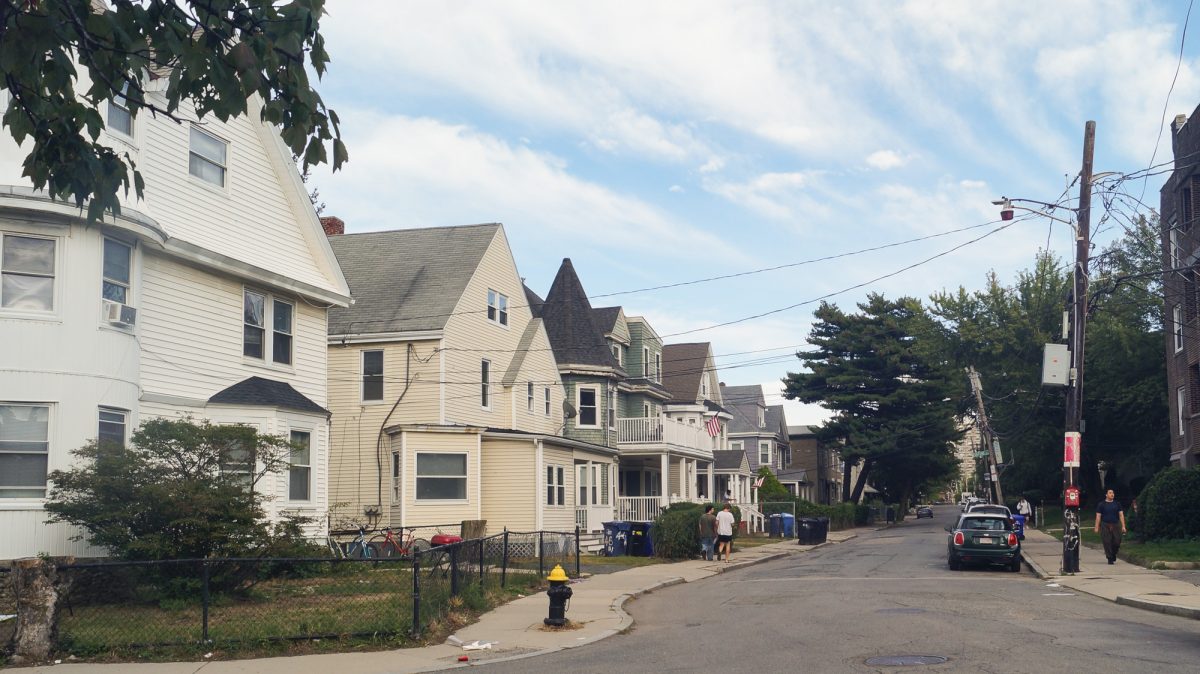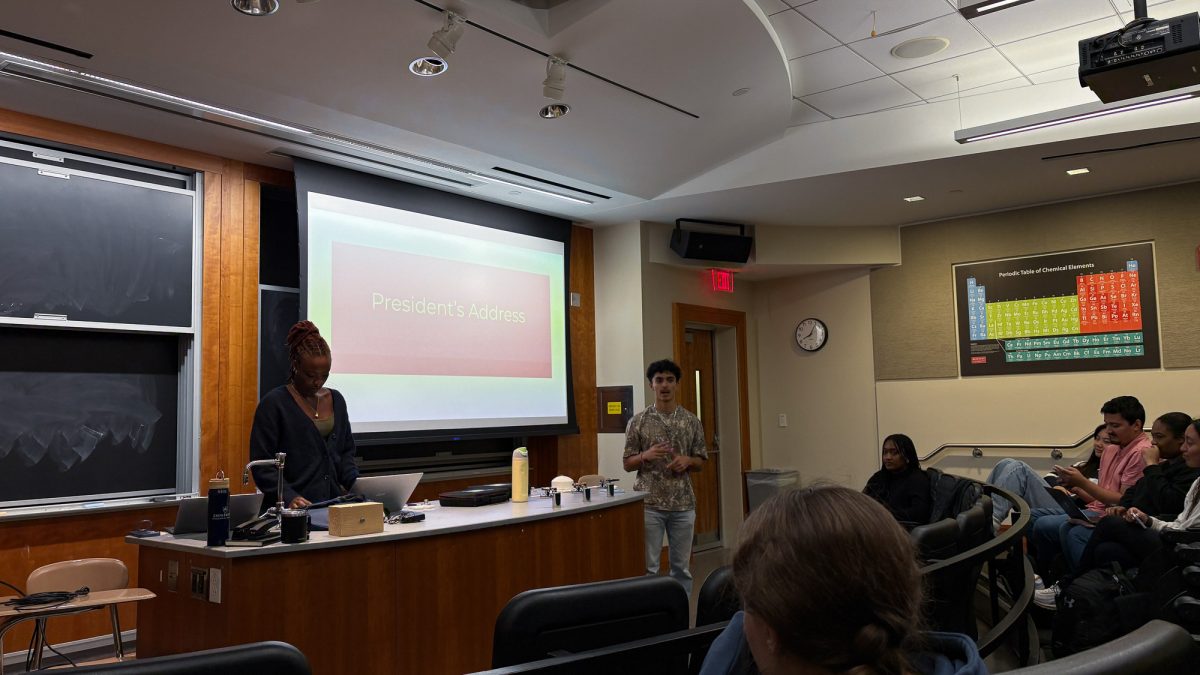Boston University Campus Planning and Operations found asbestos in the College of Communication, according to a notice posted on the building on June 21. The asbestos was found after conducting an evaluation prior to office renovations for incoming faculty.
BU Environmental Health and Safety announced an abatement project from June 22 to June 23 to remove the asbestos from affected areas, according to the notice.
“The abatement project consists of the removal of asbestos-containing floor tile and mastic on the second and third floors,” Scott Gilfeather, Senior Specialist in Industrial Hygiene for BU Environmental Health and Safety wrote in the notice.
The Massachusetts Department of Environmental Protection regulates that owners are required to survey for asbestos before any construction or renovations, according to Associate Director of Industrial Hygiene Problems Brendan Phelan.
“This type of evaluation is completed for every single renovation project at BU,” Phelan wrote in an email. “EHS reviews what types of suspect asbestos-containing materials will be impacted by renovations.”
Asbestos is a type of mineral fiber that can be found in soil and rock used for insulation and fire blockage, according to the United States Environmental Protection Agency. During remodeling work, disrupting material containing asbestos can release fibers into the air.
Exposure to asbestos fibers can cause negative health effects, including lung cancer, mesothelioma and asbestosis, according to the EPA.
Phelan wrote that the type of asbestos found in the COM building are “non-friable,” so they are not “crushable by hand pressure.”
“For flooring finishes such as these, the asbestos fibers are very tightly woven into the matrix of the materials, and even during removal, very little fibers are typically released,” Phelan wrote.
The University contacted Northeast Remediation, an asbestos abatement contractor licensed by the Department of Labor Standards, to remove the fibers. According to Phelan, small-scale removal projects are usually completed in-house by EHS, but licensed asbestos consulting firms are used for large-scale projects.
An independent third-party consultant licensed by DLS monitored the asbestos abatement contractor during the entire process, including set-up for the removal, initial cleaning, bagging of the asbestos and final cleaning, Phelan wrote in an email.
Once the project was complete, the third-party consultant inspected the affected area to confirm that all of the asbestos had been visibly removed, according to Phelan. This was accomplished through analyzing an adequate amount of air sample from the site through “phase contrast microscopy.”
“The work areas are released for removal of the “containment” if the air sample contains less than 0.1 fibers per cubic centimeter,” Phelan wrote.
According to Director of Campus Operations Environmental Health and Safety Thomas J. Gorham, the asbestos abatement has been successful and renovations to the COM building will continue.
“The remainder of the project to upgrade, paint, and re-carpet the space is ongoing,” wrote Gorham.
























































































































